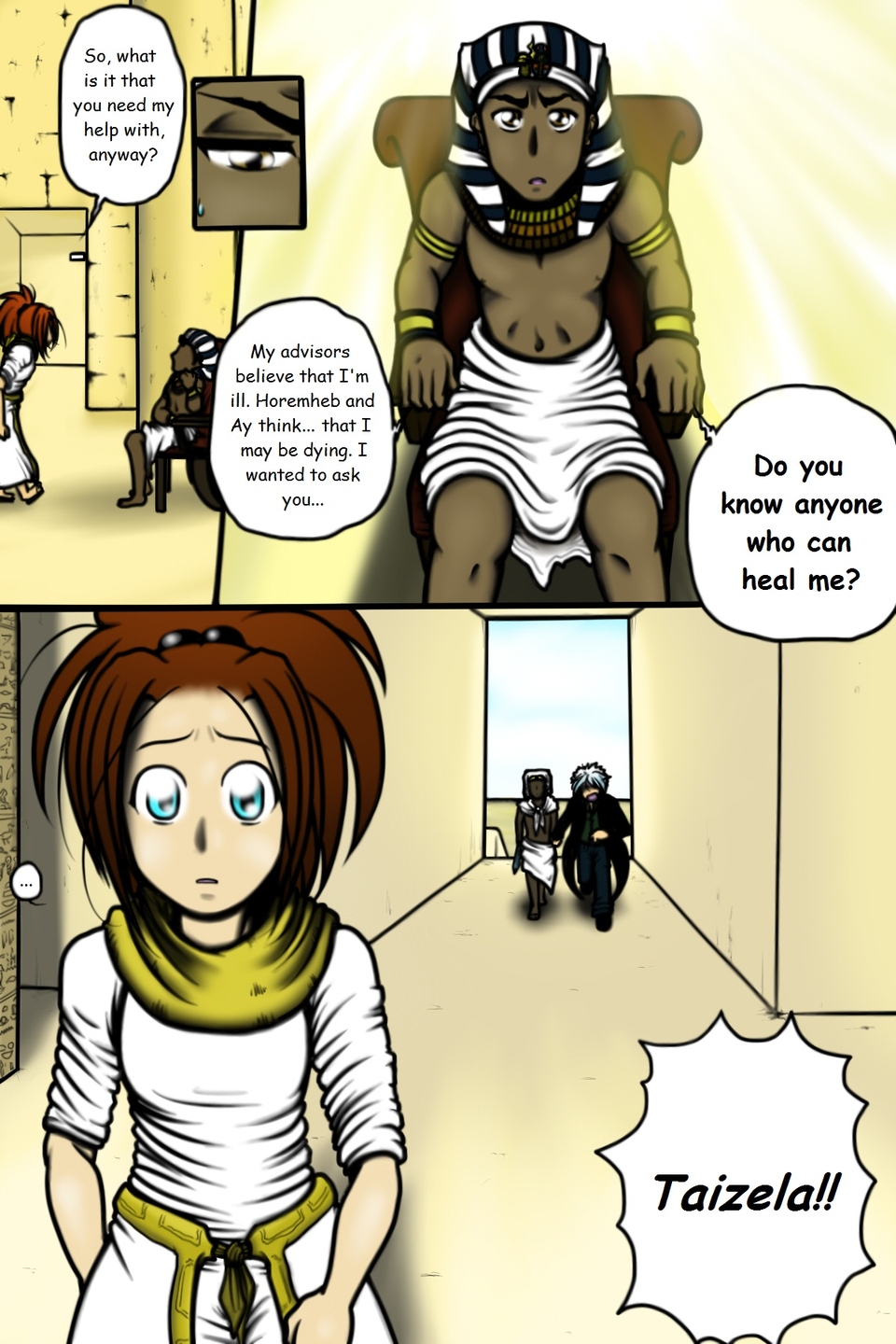ozoneocean wrote:
Chainmail bikinis and skimpy female armour isn't quite as bad as the internet tends to claim…
I mean, obviously stuff literal chainmail bikinis are not practical for fighting, but you can be sure they existed historically in some form for dancing girls. Even breast plates with boobs for women existed historically, but they were a little more ceremonial.
As you get further into it though- male fighting costumes from many periods was rather skimpy, famously so, so it IS ok for women to have similar outfits, as long as the males do too.
And even when it comes to fully covered plate- men rarely wore bulky, form disguising suits of the kind you see in modern fantasy art and modern reproductions. Most plate armour was very from fitting, with narrow little wasp waists. Even for fat guys it was still form fitting. So form fitting armour on a woman is realistic :)
A breast plate with boobs would create hills and depressions that would catch a weapon strike and cause more damage. You ideally want a flat or nearly so surface so blows glance off. Male pecs are one thing, breast forms are another. So they were entirely ceremonial the same as male breastplates with exaggerated deeply engraved muscle tone. Basic muscle tone like a Greco-Roman muscle cuirass could deflect some blows but put boobs on it and that just gives someone something to hack off.
Now legendary soldiers are skimpily dressed, historically they grabbed every piece of armor they could get so long as it didn't impair their movement too much. What can you get away with and still be maneuverable? Thigh armor for example was not wise before stirrups as it lessened control of the horse. So a lot of pre-stirrup cultures are bare legged. Famously skimpy soldiers would add armor if going up against certain heavily armored enemies. Rook at the heavy legionnaires who fought the Parthians. Homer constantly talks of bronze clad soldiers yet the art shows them naked. Homer is very insightful when it comes to fighting and understands armor and equipment like so many artists all the way down to Frank Miller don't. But then it's the depiction of legend, (like Arthur's men in full 15th century plate in Excalibur, though with interesting period touches), NOT history.



